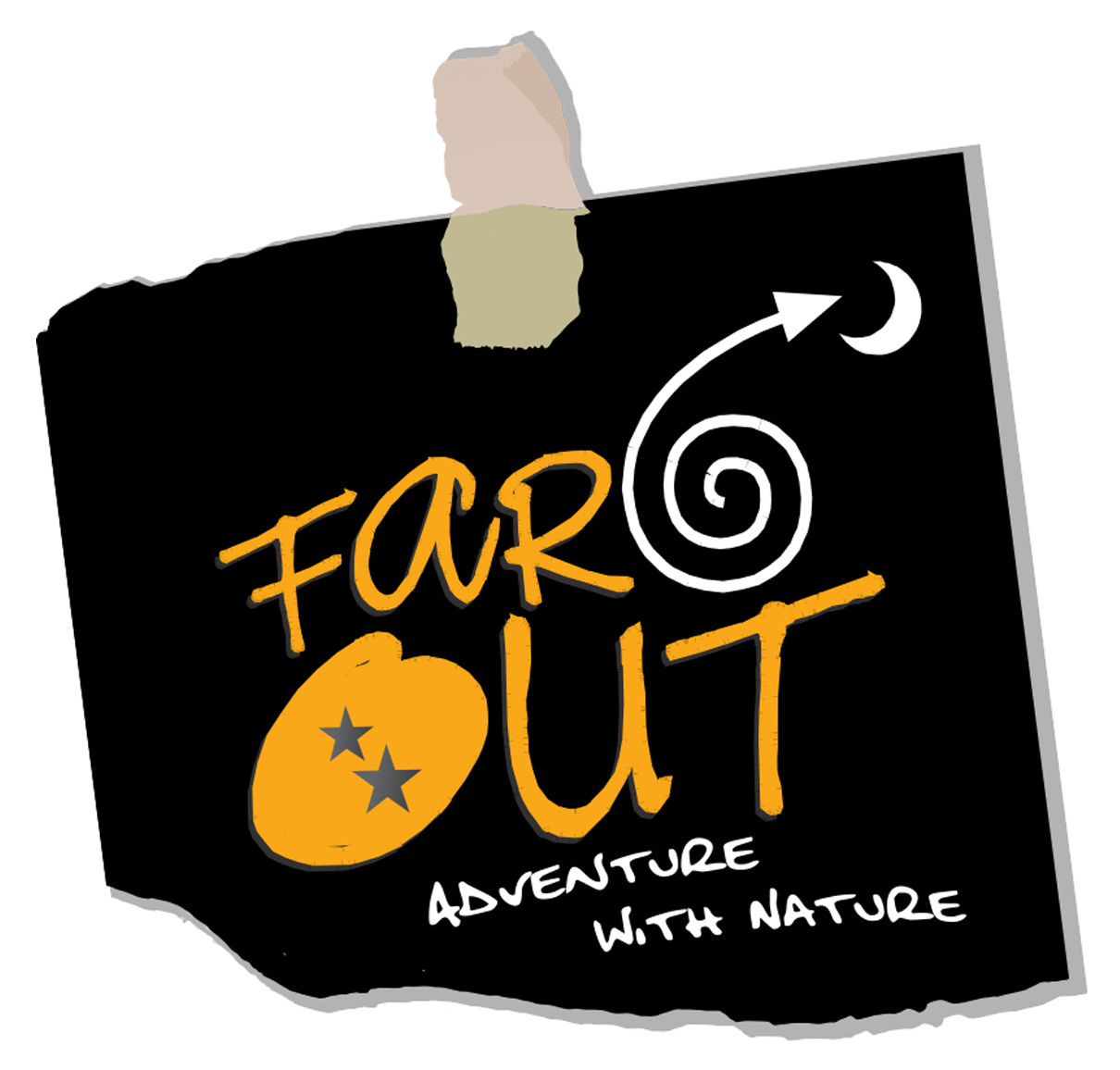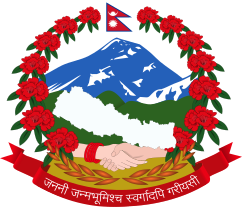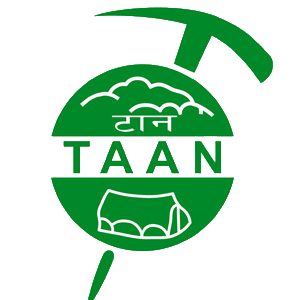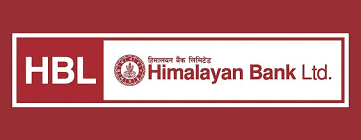Namaste
Nepal is characterized by world’s highest mountain peaks, pristine lakes, medieval cities with sacred sites and friendly people. Eight of the world’s ten highest mountain peaks are in Nepal it’s the ultimate goal for mountain lovers. Some of the finest trekking trails are spread in the foothills of this majestic Himalaya’s offering incredible mountain scenery, amazing landscapes, encountering ancient Chortens and receiving greetings from friendly people.
Nepal is also the Birth Place of Lord Buddha an apostle for peace and light of Asia. Strong influences of Buddhism and Hinduism can be seen in the multitude of monasteries and temples. Here the Buddhist and Hindu religions have fused it perfectly for centuries. There is no shortage of pilgrimage sites belonging to either of these two religions.
Kathmandu, the capital city is the epicenters of culture and art and is home to the ancient Newari culture. Stroll through the medieval city squares enjoying the rich heritage site, join in the kora around centuries old stupas, hear the Bhajan and witnessed the Arati performed at the holy Hindu temple, enjoy the spectacular views of the Himalayas from the viewpoint.
Down South is known for its rich biodiversity. Its dense forests and grassy plains are home to rare mammals like one-horned rhinos and Bengal tigers. The park shelters numerous bird species, including the giant hornbill. Dugout canoes traverse the northern Rapti River, home to crocodiles.
In case if you want to spice up your tours with bit of adventure options are plenty. Day hike, white water rafting, kayaking, Mt. Biking, paragliding, bungee, swing can all be fused together creating it a perfect holiday.
Nepal is also the gateway to the land of Gross National Happiness Bhutan the followers of Mahayana Buddhism or to the mystic Tibet known as ‘the roof of the world’. In case if you have good time combining these places will definitely make your trip just awesome.
So if all these fascinate you shoot us a mail with your field of interest, we can draw up a magical program for you, your family and friends. Himalayan region is truly an experience of a lifetime, let us pull back the curtain to reveal an exotic land full of natural and cultural wonders ready to be experienced and explored.
Join the Far Out team and be part of this experience.
It is a mandatory to have a visa for entering Nepal for all nationals except Indian’s. You can get Tourist visa either in advance from your local embassy or upon arrival in Nepal. In case if you are planning to obtain it in Nepal be sure to bring two passport size color photos and the fee in US DOLLAR CASH as given below.
Two passport size photographs is mandatory for visa on arrival.
All travelers travelling to Nepal must hold a valid passport which should be valid for at least six months beyond your expected date of departure from Nepal.
Tourist entry visa can be obtained for the following duration from Nepal Embassy/ Consulate or Mission offices abroad, or at the following immigration offices in Nepal:
- Tribhuvan International Airport, Kathmandu
- Belhiya, Bhairahawa (Rupandehi, Western Nepal)
- Kakarvitta, Jhapa (Eastern Nepal)
- Jamuna, Nepalgunj (Banke, Mid Western Nepal)
- Birganj, Parsa (Central Nepal)
- Mohana, Dhangadhi (Kailali, Far Western Nepal)
- Kodari, Sindhupalchowk (Northern Border)
- Gaddachauki, Mahendranagar (Kanchanpur, Far Western Nepal)
Federal Democratic Republic of Nepal
Kathmandu. Population: 1,744,505 (metro area), 729,000 (city proper)
GMT + 5.45
220 volts AC, 50Hz. (with frequent power cuts / load shedding).
Nepal has a population made up of over 40 different races and tribes. The two major groups in Nepalese society are Tibeto-Burman or Mongoloids from the north and Info-Aryans from the south. Many customs are inherited from both sides and have been developed by the influences of the land, climate and available resources.
Nationwide, religion falls into a general pattern of Hindu lowlanders and Buddhist highlanders, with the people of the hills exhibiting a mixture of both.
Surrounded by India from the west, south and east and by China's Tibet Autonomous Region (TAR) from the north and north-west, Nepal is a landlocked country and is slightly larger than Bangladesh or the state of Arkansas in the United States. Roughly rectangular in shape it is about 850 kilometers long and about 241 kilometers wide, and comprises a total of 147,181 square kilometers of land.
Nepal commonly is divided into three broad physiographic areas: the Mountain Region or the Himalayas, the Hill Region, and the Terai Region. All three are parallel to each other, from east to west, as continuous ecological belts, occasionally bisected by the country's river systems. These ecological regions were divided by the government into development sectors within the framework of regional development planning.
The history of Nepal mostly centers on the Kathmandu Valley. Until the country assumed its present form in the 18th century the Kathmandu valley was called Nepal, in both name and fact. For most of its known history, Nepal was ruled by hereditary kings be it from the Kirat dynasty, the Malla dynasty or the Shah dynasty. From the middle of the 19th century, hereditary prime ministers of the Rana dynasty ruled the country. In 1951 the autocratic Ranas were overthrown and monarchy was restored under King Tribhuvan. Today, Nepal enjoys a multi-party democratic system.
1768 (unified by King Prithvi Narayan Shah)
14 administrative zones and 75 districts (2007)
48.6% (total); Male: 62.7%, Female: 34.9%. (2000-2004)
Nepalese Rupee (NPR / NRs)
220 volts AC, 50Hz. (with frequent power cuts / load shedding).
GMT + 5.45 ( Five Hours Forty Five minutes ahead of GMT)
Clear skies, hot during the day, cool evenings. Temperatures steadily decrease during these months. Highs in the low 80s F, lows in the mid 50s F (mid 20s to 8 degrees C). In the Terai, highs in the mid 80s F and lows in the high 60s F (30 to 18 degrees C.)
December/JanuaryClear skies, warm days but cold at night. Highs in the low 70s F, lows in the low 40s F (27 to 5 degrees C). In the Terai, the mornings are misty, with the sun only breaking through the dew for a couple of hours per day. Midday high is in the upper 60s F, evenings and morning are in the mid 40s F (20 to 8 degrees C).
March/April/MayClear mornings, afternoon hazy skies, hot during the day and cool evenings. Highs in the low 80s F, lows in the low 60s F (27 to 8 degrees C). The Terai is hot at this time with highs consistently in the upper 80s F and lows around 70 degrees F (31 to 21 degrees C).
June/July/August- This is Nepal’s rainy season, although fascinating for those interested in the flora and fauna of the country. Highs in the upper 80s F and lows around 70 degrees F (31 to 21 degrees C).
Temperatures tend to be quite cool in the mornings and evenings, but heat-up at midday due to the strong direct sunlight at high altitudes. The Terai Plain, where Chitwan National Park is located, is about 3000 feet (915m) lower in altitude than Kathmandu, and is consistently warmer than the rest of Nepal.
Clear skies, warm days but cold at night. Highs in the low 70s F, lows in the low 40s F (27 to 5 degrees C). In the Terai, the mornings are misty, with the sun only breaking through the dew for a couple of hours per day. Midday high is in the upper 60s F, evenings and morning are in the mid 40s F (20 to 8 degrees C).
Clear skies, warm days but cold at night. Highs in the low 70s F, lows in the low 40s F (27 to 5 degrees C). In the Terai, the mornings are misty, with the sun only breaking through the dew for a couple of hours per day. Midday high is in the upper 60s F, evenings and morning are in the mid 40s F (20 to 8 degrees C).
Clear skies, warm days but cold at night. Highs in the low 70s F, lows in the low 40s F (27 to 5 degrees C). In the Terai, the mornings are misty, with the sun only breaking through the dew for a couple of hours per day. Midday high is in the upper 60s F, evenings and morning are in the mid 40s F (20 to 8 degrees C).
Clear skies, warm days but cold at night. Highs in the low 70s F, lows in the low 40s F (27 to 5 degrees C). In the Terai, the mornings are misty, with the sun only breaking through the dew for a couple of hours per day. Midday high is in the upper 60s F, evenings and morning are in the mid 40s F (20 to 8 degrees C).
The unit of currency is the Nepal rupee, divided into 100 paisa. Commonly circulated coins are of 5, 10, 25 and 50 paisa, and one rupee denominations. Paper notes come in denominations of 1, 2, 5, 10, 20, 25, 50, 100, 500 and 1000 rupees.
Major credit cards and travelers checks are accepted by most local hotels, but only accepted in some restaurants and shops. Master and Visa Cards are the most widely accepted credit cards. In most of the places in and around Kathmandu and Pokhara valley there are ATM machine facilities as well.
All foreign currency taken into Nepal must be declared on arrival. It is essential that you save at least one exchange receipt for you must produce a receipt when reconverting money upon departure. The exchange receipt needs to be of the same value or greater than the amount that you are changing back.
Exchange Rate US $ 1 = Rs. 131.90 approx.
Banks are open for money exchange and other transactions from 10:00 AM to 3:00 PM, Monday through Thursday. On Friday many banks are open from just 10:00 AM to 12:00 noon, but branch offices remain open until 5:00 PM. All banks are closed on Saturday and Sunday. You can also change money at hotels. There is a thriving black market in Kathmandu; but, please be aware that it is unlawful to change money on the street.
Banks are normally open between 10:00 am. to 15:00 pm. from Sunday to Thursday whereas on Fridays they are open only till 01 PM. Saturday is an official holiday.
Nepal is a great destination for travelers but many of the features that attract us, such as the topography and lack of modern infrastructure, may also pose particular risks to health. The vast majority of travelers to Nepal do so without medical problems. In those that become ill, the most common illnesses include traveller’s diarrhoea and viral respiratory infections (colds). Far rarer but potentially more dangerous are accidents, injury and Acute Mountain Sickness.
Because of the remoteness of areas frequented by many visitors, sensible travelers will rely to some extent on their own medical knowledge and supplies when travelling to Nepal. As always, travelers who have pre-existing conditions, such as diabetes, should speak with their home medical practitioners before travel and bring adequate supplies of medications and necessary equipment.
Although no inoculations are required for Nepal, you should consult your local health department, the Center for Disease Control, or your personal physician for the updated recommendations. The most important inoculations are gamma globulin (for hepatitis) and tetanus.
Unboiled water is not safe to drink anywhere in Nepal. Most hotels provide a flask of purified drinking water in each room: when in doubt, stick with bottled drinks. Local mineral water is perfectly safe to drink or treat your own water with purification tablets. Remember that ice must be avoided as well.
Uncooked vegetables are also not safe to consume, unless they’ve been properly treated by soaking in a solution of iodine. You should always peel your own fresh fruit. A pocket knife would be useful.
In the event of an emergency while trekking, a helicopter will be summoned. You will then be flown, with your guide, to Kathmandu where you will be met by our office staff and taken to the international hospital. If necessary, an onward international medical flight will be arranged. Anywhere else on the trip, you will be taken by road to Kathmandu where the same process will occur. Ensure that your insurance policy covers you for such unlikely eventualities. Medical evacuation by helicopter has to be paid for by guests prior to departure from Kathmandu.
The hospitals, drug houses, dispensaries and pharmaceutical shops of Kathmandu sell all kinds of medicines, including those imported from overseas. The major general hospitals and private clinics are available in Kathmandu. Ambulance : 4228094, CIWEC CLINIC : 442411/4440100 Blood Bank : 4225344
Thefts do occasionally occur in Nepal. Valuables should be protected. Always carry your passport, airline tickets, and other valuables with you, or lock them in a hotel safety box. We recommend leaving valuable jewelry at home, and using lockable baggage.
Government offices within Kathmandu Valley open from 09.00 am to 05 pm in the summer and from 09.00 am till 04.00 pm in winter. Outside the valley, Government offices open from 10 am to 5 pm in the summer and from 10 am till 4 pm in the winter.
Metered taxis are easily recognizable by the taxi sign and black number plates and can be hailed off the street. There are regular bus services within the three cities of the Kathmandu Valley. The bus terminal is located at Gongabu (new bus terminal) and Bagbazzar (old bus terminal). Similary, schedule bus services for destinations outside the valley operate from the Gongabu Bus Terminal. In addition, one can also hire mountain or motor bikes at nominal rates.
Nepal has every category of accommodation facilities. These range from the international standard star hotels to budget hotels and lodges. In order to have an assured quality service, it is advisable to use the facilities and services of Government registered hotels, lodges, travel agencies, and licensed tour guides only, and engage an authorized trekking guide or porter only through a registered travel/trekking agency.
Unless you are attending a special party, ceremony or official function, dress informally. In middle-to-higher priced establishments, men wear slacks and a sports shirt; women wear a casual dress, or a skirt or slacks outfit. Conservative dress is always appropriate. Both in the cities and along trekking trails, tight revealing clothing and shirtless men may offend the modest norm. However, outside of Kathmandu loose-fitting shorts are acceptable for both men and women.
Comfortable clothes of fabrics that breathe are essential. Shorts and a loose shirt of lightweight cotton are ideal during the day, since it is always warm. Comfortable trousers would also be appropriate. Bring a thick sweater or fleece sweat shirt to wear in the evenings, when temperatures decline considerably. A lightweight jacket or windbreaker will also be useful.
The most important item you will require is suitable footwear for trekking. Lightweight walking boots with ankle support and rubber soles with thick tread are best. Unless you’re trekking during the rainy season, they needn’t be waterproof. It is essential your walking boots be comfortable and broken-in; uncomfortable boots can ruin a trek. Your boots should be worn with thick natural-fiber socks.
We suggest you pack in a soft-sided bag in order to keep the weight down. Departing Nepal, the weight limit is 44 pounds (20 Kg.). Only 2 check-in bags and 1 carryon bag are allowed. Excess baggage is charged at up to US $ 15 per Kg. Make sure you have locks for the bags.
Green Channel – Passengers arriving at Tribhuvan International Airport without any duitable goods can proceed through the Green Channel for quick clearance without a bggage check. If you are carrying duitable articles, you have to pass through the Red Channel for detailed customs clearance.
Apart from used personal belongings, visitors are allowed to bring to Nepal free of duty cigarettes (200) or cigars (50), distilled liquor (one 1.15 liter bottle), and film (15 rolls). You can also bring in the following ariticles free of duty on condition that you take them back with you when you leave; binoculars, movie or video camera, still camera, laptop computer and portable music system. Carrying narcotics, arms and ammunition are strictly prohibited.
It is illegal to explore objects over 100 years old (like sacred images, paintings, manuscripts). Visitors are advised not to purchase such items as they are Nepal’s cultural heritage and belong here. All statues, sacred paintings and such other items have be cleared by the Department of Archaeology (tel.no. 4250683, 4250685) at Ramshah Path near Singha Durbar that they are not antiques before being allowed to be sent or carried out of the country. Handicraft dealers are able to assist you in this process. For more information, contact the TIA Customs office; Tel : 4470110, 4472266.
Electricity is mainly available in the Kathmandu Valley, where the current is 220 V/50 Cycles. Sockets have either three round pins or two thick round pins. If you are travelling with any electrical appliances, an international converter kit and a set of adapter plugs will be required. Alternatively, it is more practical to travel with battery-operated appliances where possible. While trekking, you can recharge your batteries only in some of the lodges. However, no electricity is available on the river.
For the Nepalese, festivals are not merely annual spectacles, but also a living part of their rich cultural heritage. Festivals are an essential part of Nepalese life that garners tremendous local participation. Although most of the festivals celebrated in Nepal are religious in nature some have historical significance while others are seasonal celebrations.










